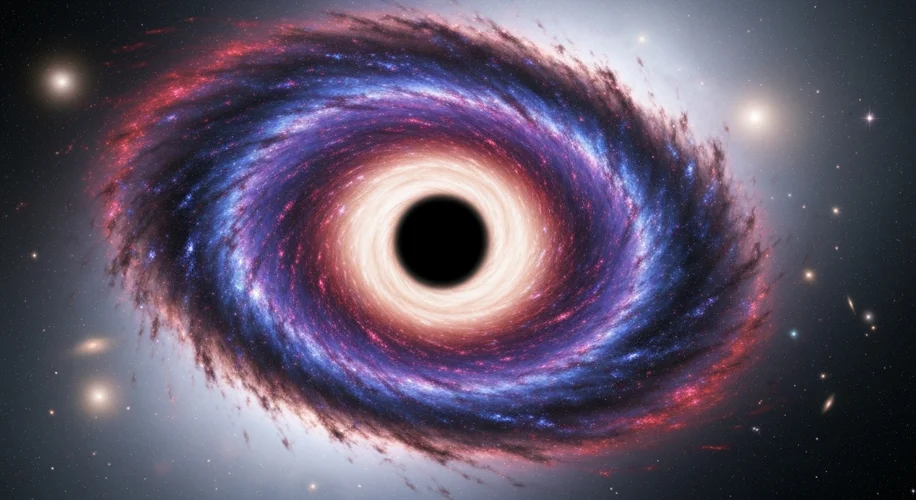Did you know that astronomers might have found a black hole so colossal it could be our gateway to understanding the very first moments of the universe?
Imagine a black hole with a mass equivalent to 300 million suns. That’s unfathomably large, even by cosmic standards. Recently, scientists analyzing data from the James Webb Space Telescope have pointed to a potential candidate for such a monster: a black hole powering a quasar known as CEERS 1019.
What makes this discovery so exciting? Well, quasars are incredibly bright objects powered by supermassive black holes actively feeding on surrounding material. This particular quasar, CEERS 1019, is not only massive but also surprisingly ancient, observed as it was when the universe was just a fraction of its current age. This is key because it offers a unique glimpse into the early cosmos.
Scientists are particularly interested in black holes from this early period because they might be the seeds of the supermassive black holes we see today. Understanding how these early black holes formed and grew so quickly could help us unravel fundamental questions about the universe’s evolution.
Some theories suggest that these early, rapidly growing black holes might have formed directly from the collapse of massive gas clouds, rather than through the gradual accretion of matter around smaller

